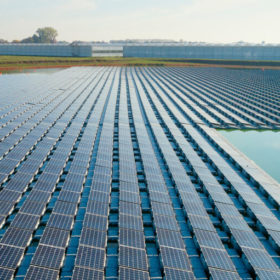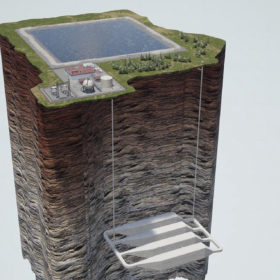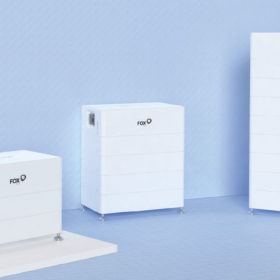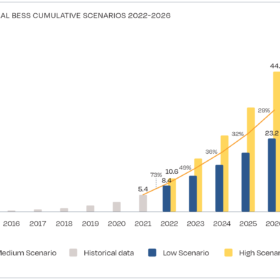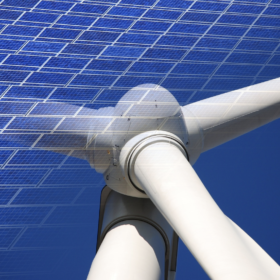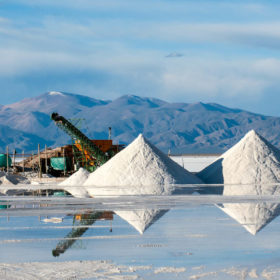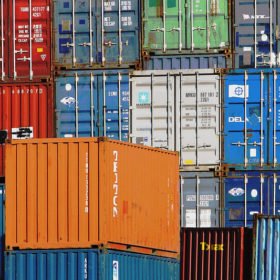Annual floating solar additions to top 6 GW by 2031, says WoodMac
The global floating solar (FPV) market is expected to keep up its steady growth, as the Asia-Pacific region continues to lead demand.
Weekend Read: A long time coming
Long-duration energy storage (LDES) is essential for decarbonizing the grid but gigawatt-hour scale systems continue to be tricky for companies with big ideas. Here are some of the latest innovations across a flourishing array of new – and old – ideas.
Weekend Read: Dawn of the store-age
Last year was another landmark 12 months for energy storage, with all indicators pointing to a massive surge in demand. Supply chain instability and inflation saw battery prices rise but the industry demonstrated an ability to swiftly react to geopolitical developments. We look at five trends driving the market.
More than 1 million European homes powered by solar batteries
SolarPower Europe’s latest analysis reveals that 9.3 GWh of battery energy storage systems have been installed in more than 1 million European households this year.
Veritas Capital acquires Wood Mackenzie
With the acquisition of analyst firm, Wood Mackenzie, Veritas expands the datasets it can provide to upstream producers and data asset managers on the global transition to clean energy.
Global energy storage market set for rapid expansion by 2025
Taiwanese analyst TrendForce said it expects global energy storage capacity to reach 362 GWh by 2025. China is set to overtake Europe and the United States is poised to become the world’s fastest-growing energy storage market.
Battery metals: How quickly can supply ramp up?
A couple of weeks ago, Goldman Sachs sent shockwaves through battery metals markets, issuing a prediction that cobalt and lithium in particular were due for a sharp price decline in the next two years. But London-based Benchmark Mineral Intelligence is loudly pushing back, outlining its reasons why it believes the call on lithium was wrong. Meanwhile, US analyst Wood Mackenzie says that the battery raw material chain will remain tight, but notes that recycling could help to ease the supply deficit.
Lack of European solar manufacturing could cripple RePower EU bid
Wood Mackenzie says Europe would need to dramatically raise its PV production capability to ensure the 420 GW-plus of new solar it wants this decade does not arrive in the form of Asian panels.
Analyst predicts extent of rise in this year’s solar capital costs
Wood Mackenzie this week made a slew of predictions for the industry in 2022 and noted the effects the US’ recently announced anti-circumvention investigation is already having on utility scale plans.
The Hydrogen Stream: New dehydrogenation process to improve hydrogen storage
The U.S. Department of Energy’s Ames Laboratory launched a new catalyst based on nitrogen and carbon to extract hydrogen from hydrogen storage materials at mild temperatures and under normal atmospheric conditions. Furthermore, South African President Cyril Ramaphosa said that the country is working on attracting new investments in electric vehicles and hydrogen and Norwegian consultancy and classification society DNV launched, together with 18 industry partners, a new Joint Industry Project (JIP) to enhance the standardization for hydrogen production systems that use renewable energy-powered electrolysis to produce green hydrogen.
